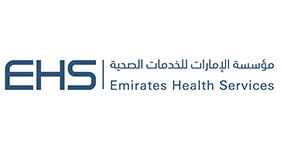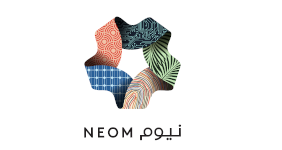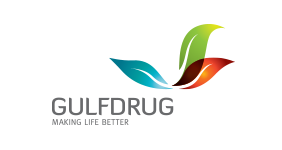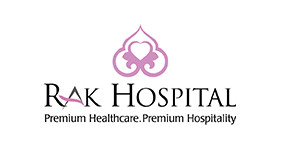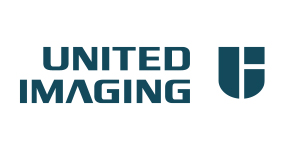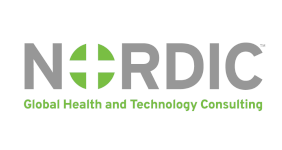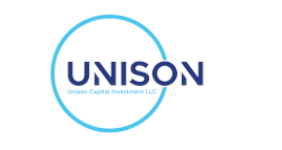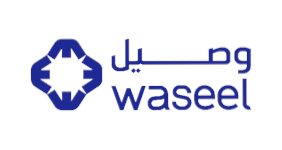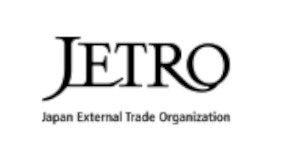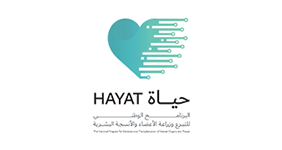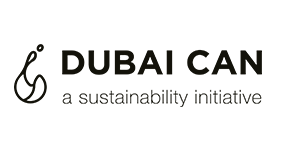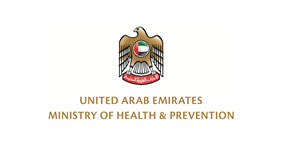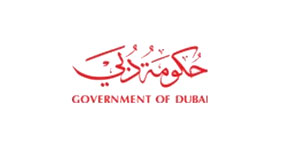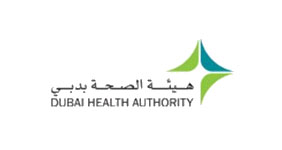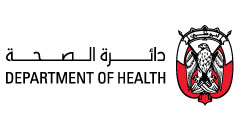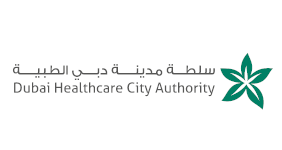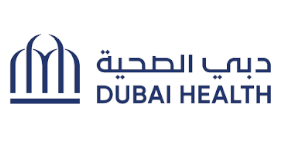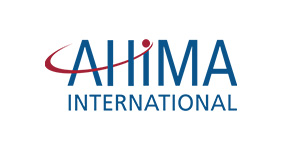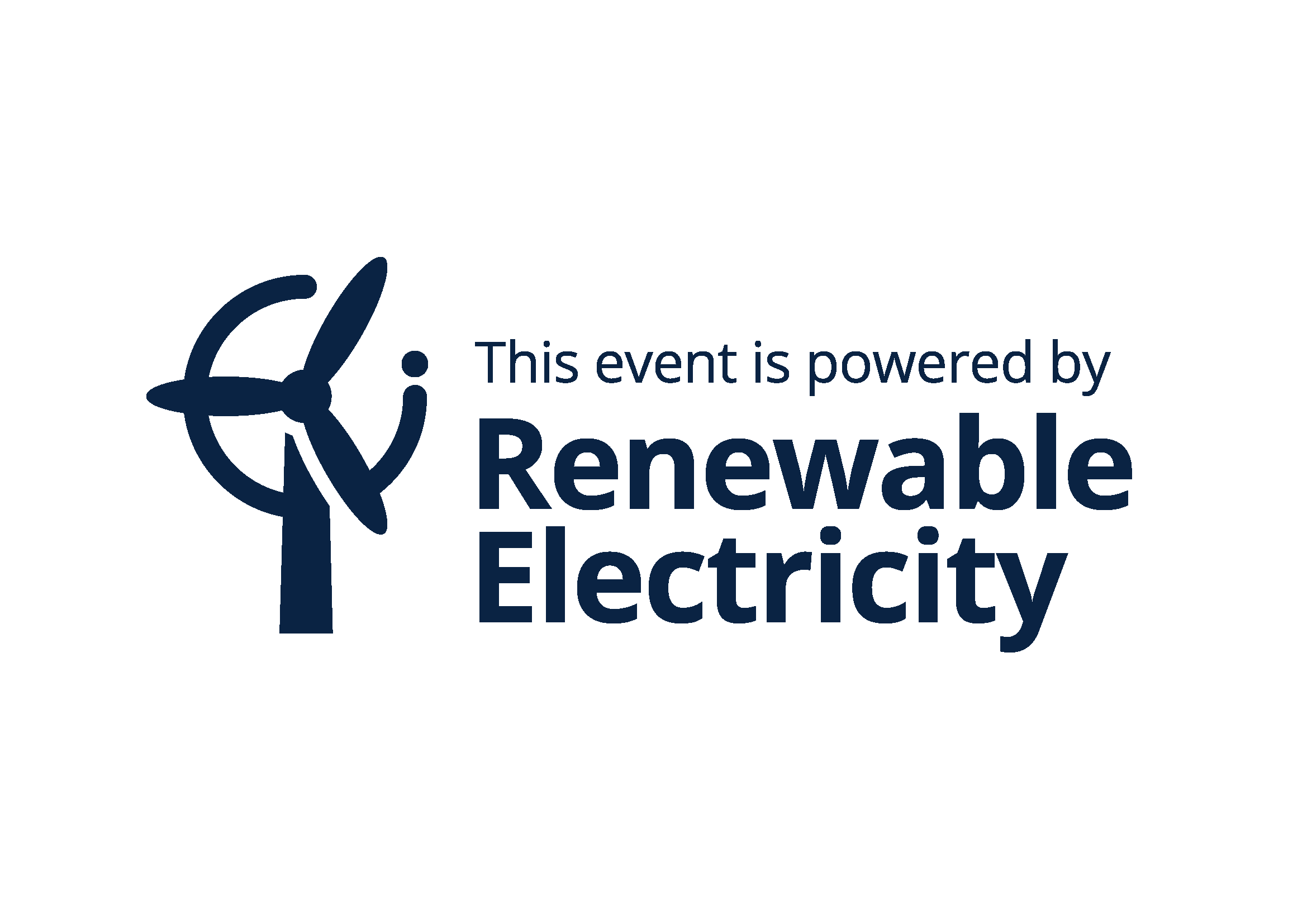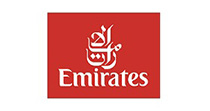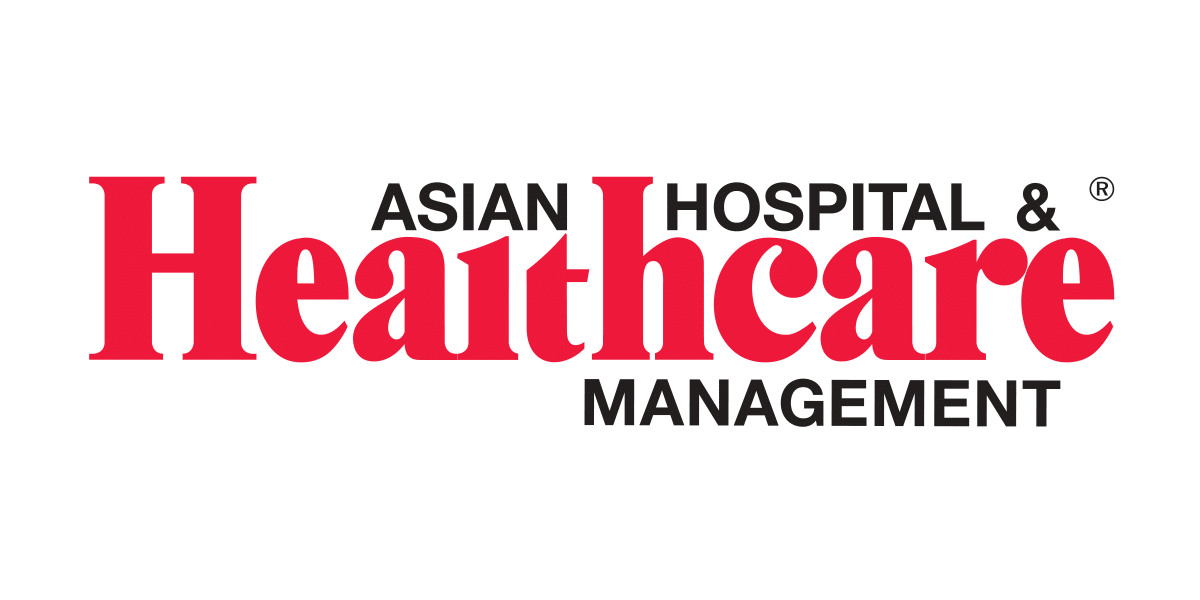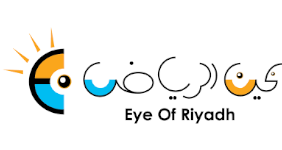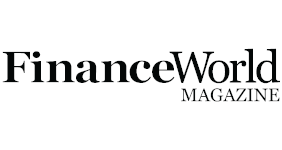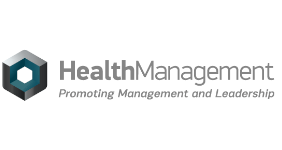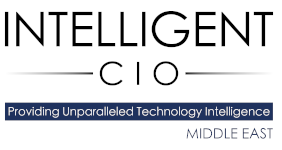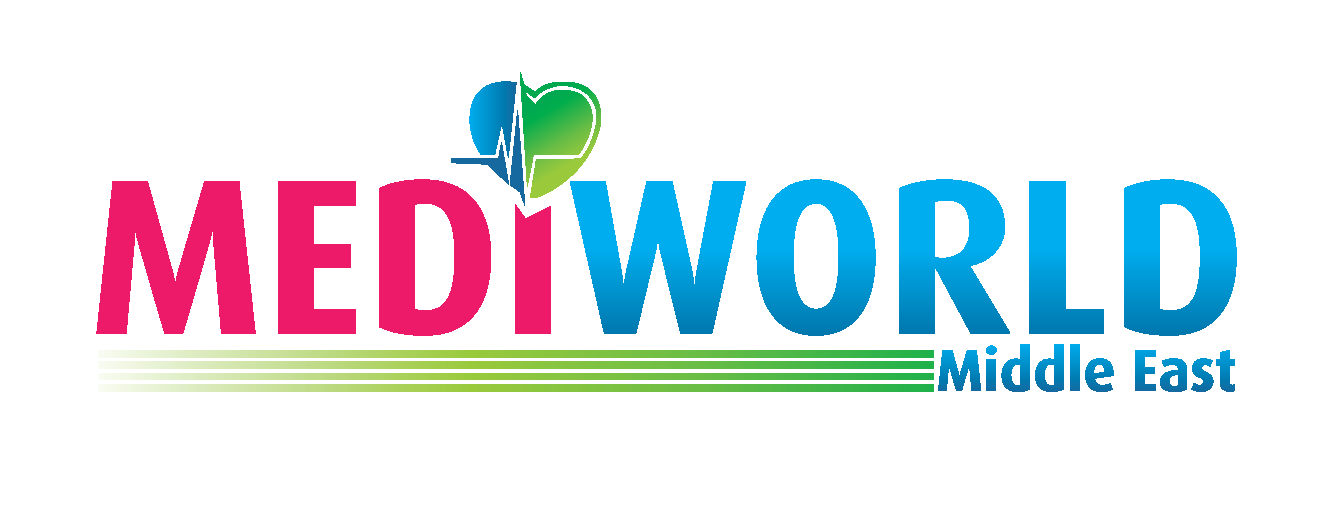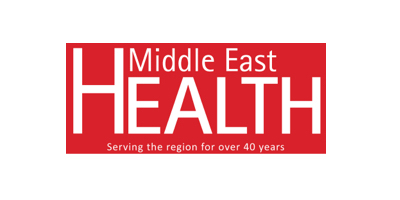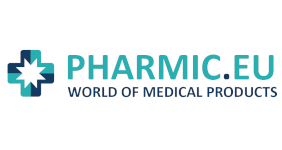With the primary focus of the healthcare ecosystem now gradually moving away from managing the COVID-19 pandemic and refocusing on wellness optimisation, self-care, and prevention, what are the new wellness & prevention trends that are making the healthcare market more connected in the next few years?
With global life expectancy rising exponentially and the onset of an ageing population, disease prevention is now taking the forefront over treatment, creating the need to supply additional preventative methods that support healthy ageing and wellness.
Similarly, the COVID-19 pandemic has prompted many questions about how the immune system functions and how this can be better supported with holistic medicine, nutrition, rehabilitation and fitness, supplements and herbal medicine, and frequent health checkups. The pandemic has also fostered a culture of prioritising mental and physical wellbeing, with consumers taking tangible action to address issues such as obesity, diabetes, cardiovascular health, sleep, depression, and anxiety.
A boost to the wellness economy
The Global Wellness Institute (GWI) predicts that the global wellness economy will return to its robust growth with a projected 9.9% average annual growth, with the wellness economy reaching nearly $7 trillion in 2025. Looking ahead, the GWI predicts that Wellness Tourism (20.9%), Thermal/Mineral Springs (18.1%), Spas (17.2%), and Wellness Real Estate (16.1%) will be the top four fastest-growing sectors between 2020-2025.
According to McKinsey & Co, there has been a rise in both consumer interest and purchasing power as spending on personal wellness rebounds after stagnating or even declining during the COVID-19 crisis. People spend about $1.5 trillion a year on consumer health and wellness products and services, and they plan to spend even more soon, with the market expected to grow at a rate of around 5% to 10% each year.
Meanwhile, Reportlinker.com has estimated that the global market for herbal supplements and remedies stood at $64.5 billion in the year 2020 and is projected to reach a revised size of $119.9 billion by 2027, growing at a CAGR of 9.3% from 2020-2027.
A ‘new look’ for wellness and prevention
McKinsey research shows that consumers are most interested in six wellness categories: health, fitness, nutrition, appearance, sleep, and mindfulness, with people expected to increase their purchases of both wellness products and services over the next year with a more significant shift toward services, especially those that emphasise physical and mental health.
- Better health extends beyond medicine and supplements to include medical devices, telemedicine, remote healthcare services, and personal health trackers.
- Better fitness increased over time, but with many people struggling to maintain pre-COVID-19 levels of fitness, creative offerings that meet the needs of consumers in their homes have seen unprecedented growth in the past year.
- Better nutrition has always been part of wellness. Still, with the increased spending on nutrition apps, diet programmes, juice cleanses, and subscription food services, people want food to help them accomplish their wellness goals and taste good.
- Better appearance relates to wellness orientate apparel, beauty products, and nonsurgical aesthetic procedures such as microneedling, lasers, and oxygen jets.
- Better sleep goes beyond traditional sleep medication to app-enables sleep trackers and other sleep-enhancing products.
- Better mindfulness has gained mainstream acceptance with meditation-focused apps and offerings.
Meanwhile, the 2022 Global Wellness Trends report highlights that the future of wellness and the definition of “true wellness” has profoundly changed with major shifts ahead in nutrition, wellness travel, wellness real estate, women’s health, men’s wellness, healthcare, technology, sustainability, and spas.
The report highlights 8 future global trends in health and wellness:
- Dirty wellness
How the New “Nature Economy” impacts wellness and the health of the world's soil and its impact on human health is being researched and lauded
- Toxic muscularity
The fitness industry needs to lead in the male body positivity movement
- From wellness tech to technological wellness
Technological wellness should sit right alongside diet, exercise, and mindfulness rather than replace it
- Senior living disrupted
Enter intergenerational living environments that reduce age segregation while increasing social interactions and connections
- Urban “wellness playgrounds”
Developing more green and communal spaces for accessible and affordable wellness
- Survivalist wellness
Self-care as a way to build readiness and resilience through functional fitness
- Wellness travel
Post-pandemic travelers are ready for adventure and engagement
- Wellness welcomes the metaverse
No wellness sector will be as transformed by the metaverse as fitness–from workouts as virtual multimedia events to an explosion of gamified models that pay you to move.
Wellness as a driver for economic growth
The United Arab Emirates
The demand for wellness has surged significantly in the Middle East, so much so that the Dubai Health Experience, a brand created by Dubai Health Authority, has recognised wellness as a key driver of UAE’s growing health tourism industry. The government continues to work closely with its partners to develop every aspect of tourism, including medical and wellness tourism.
The Dubai Fitness Challenge: Dubai 30x30 is just one example of a government-supported wellness initiative that is tied to the idea of normalising self-care through a fitness-focused mindset. This annual fitness challenge offers a month-long calendar of free workouts, exciting fitness events, and wellness-centric entertainment in the city of Dubai.
Saudi Arabia
Health and wellness also sit on top of the government’s priorities for Saudi Arabia, with 'Vibrant Society' as one of the main pillars of Vision 2030, which has goals including promoting a healthy lifestyle, physical, psychological, and social well-being, preventing disease, increasing the ratio of people exercising and promoting good quality of life. Initiatives and projects that encourage wellness and prevention include a new wellness village in Jeddah, initiatives to promote healthy activities in schools and primary healthcare settings, and workplace wellness programmes.
Egypt
Meanwhile, Egypt continues to promote its rich therapeutic environments to attract global medical tourists to enjoy its sand, climate, natural mineral water, and sulphuric springs that enhance recovery from illness and diseases. Moreover, with wellness and happiness now driving a new era for Egyptian workers and employees, demand for green and blue spaces is increasing in Egypt, with ponds, walking trails, bike storage, cycling facilities, sports courts, auditoriums, and cafeterias on the rise, according to a recent forecast report from CRTKL.
Kuwait
In Kuwait, the Kuwait Institute for Scientific Research focuses on improving the health and wellbeing of the Kuwaiti population through its Food and Nutrition Programme, which provides evidence-based information to the Ministry of Health to make recommendations on food-related policies to measure, monitor, and improve public health. Their accomplishments include enriching traditional Arabic bread with β-glucan to enhance the population’s fibre intake and the establishment of a central food control laboratory for the Kuwait Municipality.







